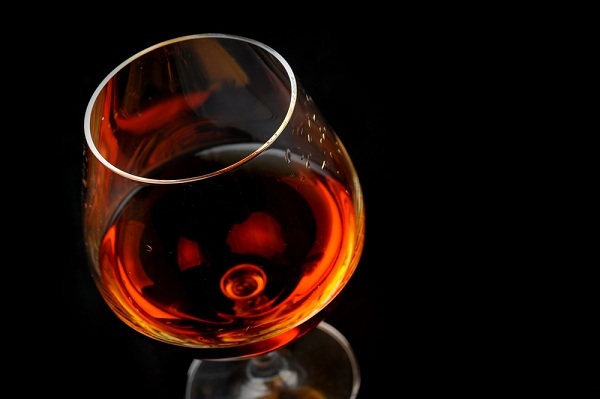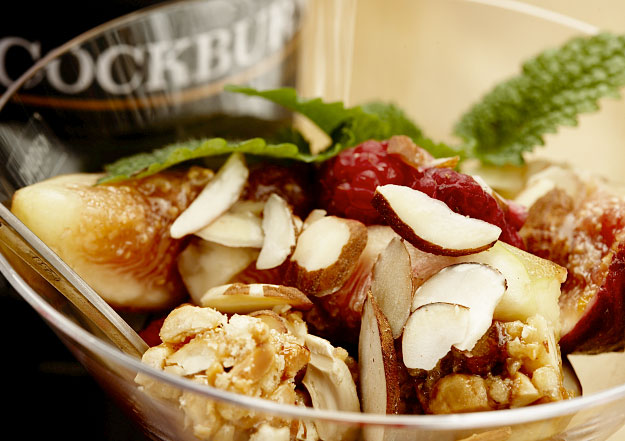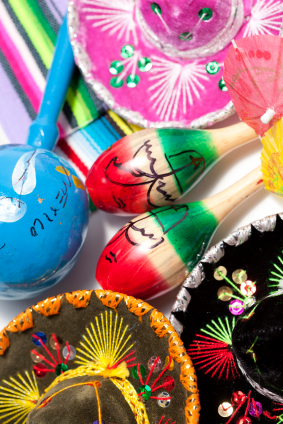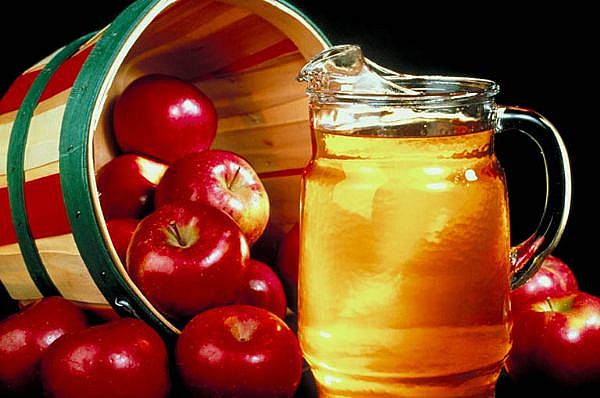Eau, That’s Schnapps
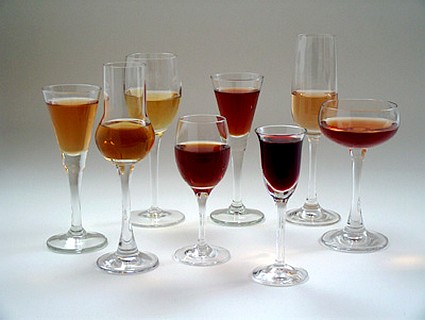
I recall having a conversation with a woman while out wine tasting one day several years ago. She was very excited because she was taking a trip to Germany, and one of her scheduled events was touring about a few schnapps distilleries. I struck up a conversation with her on the topic since I’m a fan of all tasty beverages, had just been to Germany, and enjoyed a few schnapps while there.
It seems she was a big fan of the sweet, syrupy, flavored liqueurs that most Americans associate with schnapps (we spell it with two P’s, the Germans only use one). Our conversation thusly had quite a disconnect, as I was talking about what she was actually going to be drinking, and not what she thought she was going to be drinking.
You see, “schnaps” is the German name for the many wonderful fruit brandies that are traditional throughout Europe. They go by several different names: schnaps, eau de vie, obstler, rakia, palinka, tuica, slivovice, etc. They all share the same common characteristic though, which is, they are the lightly flavored, unsweetened, end distillate of a fruit fermentation or infusion.
Needless to say, she seemed somewhat disappointed when I explained the facts of what she was going to experience. I never saw her again, but I hope she came away from her trip with a new appreciation of real German schnaps.
Today, I want to bring you a small sample from the world of fruit brandies, as they make excellent winter warmers, holiday digestifs, not to mention gifts.
Fruit brandies are present throughout Europe, but are most common in Northern and Eastern France, the Germanic and Scandinavian regions, Italy, and Eastern Europe. The tradition of fruit distillates typically goes hand in hand with fruit growing regions, as fermentation and distillation are arguably two of the most common methods for preserving fruits as a food source.
Unlike most other spirits, fruit brandies are typically only single run distillations, as the fruit flavor of the base wines is often delicate and difficult to capture. Multiple distillation runs, or poor management of still conditions can lead to a fairly flavorless end product as a result.
Fruit brandies typically still range between 40% to 45% alcohol by volume, which means a smaller portion of the heart distillate is kept with larger cuts for the heads and tails coming off the still. There are many variations in production, and not all distilleries follow the same practices. The use of column rectifying pot stills (Holstein stills) is a common practice though, as they allow for better separation of volatiles with larger retained volumes, versus cuts made for heads and tails or end stillage remaining.
The most common fruits used in brandy production are peaches, apples, plums, cherries, pears, elderberries, raspberries, blackberries, and apricots. However, it’s not uncommon to find a wide range of fruit brandies beyond those. Traditional fruit brandies are clear in color, as the spirit is usually bottled shortly after production rather than aged in wooden cooperage. They can be fiery when very young, but quickly mellow into a pleasant drink with subtle nuances of the base fruit.
One specialty brandy I wanted to mention specifically given the time of year is Calvados. It’s an apple brandy from the Lower Normandy region of Northern France. The product in its current form dates back to the age of Charlemagne. Over 200 varieties of apple are used in its production, and certain styles also utilize a percentage of pears. The product can be either single or more commonly double distilled, which is a requirement for several categories. The big distinction for Calvados though is that it’s traditionally aged in barrel for a minimum of two years, producing a dark colored spirit with smooth, rich flavors. Most people simply grab a cheap one for cooking during the holidays, but it’s an excellent drink to sip as well.
Fruit brandies are usually served chilled as a digestif. A small tulip shaped wine glass is the glassware of choice. Most European products may be difficult to get your hands on as they’re usually small production, and might not be exported to the States. However, two domestic eau de vie producers of outstanding quality that you can typically find are Clear Creek Distillery from Portland, Oregon and St. George Spirits from Alameda, California.
So, if you’d like a treat this holiday, go enjoy a nice fruit brandy. Just remember to enjoy responsibly.
